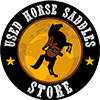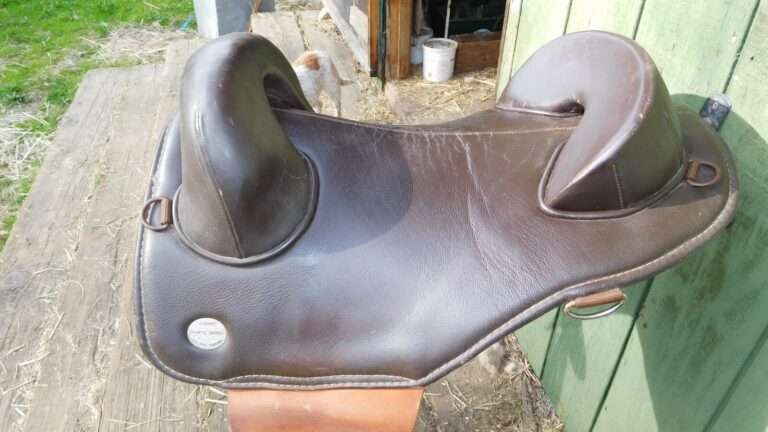The Anatomy of a Barrel Saddle: Understanding Its Components
If you’re a barrel racer or a rider looking to delve into the world of barrel racing, understanding the anatomy of a barrel saddle is essential. Barrel racing is a demanding sport that requires precision and agility, and your saddle’s design can greatly impact your performance. In this guide, we’ll dissect the various components of a barrel saddle, explaining their functions and importance.
The Barrel Saddle Tree: The Foundation
The saddle tree is the framework upon which the entire saddle is built. It’s typically made of wood, fiberglass, or a combination of materials and serves as the foundation of the saddle. Here’s why the tree is crucial:
- Support: The tree provides support and stability to the saddle, distributing the rider’s weight evenly across the horse’s back. It must match the shape and width of your horse’s back to prevent discomfort and injury.
- Durability: A well-constructed saddle tree contributes to the saddle’s overall durability. Look for trees made from quality materials and craftsmanship.
2. The Seat: Rider Comfort
The seat of the saddle is where the rider sits. It plays a significant role in rider comfort and balance during barrel racing. Key considerations for the seat include:
- Depth: The depth of the seat affects the rider’s position and security in the saddle. Barrel saddles typically have a deeper seat to help riders stay securely seated during sharp turns.
- Size: The size of the seat should accommodate the rider comfortably. Too small of a seat can be restrictive, while a seat that’s too large can lead to poor balance.
3. The Horn: Control and Grip
The horn is a distinctive feature of barrel saddles, rising from the front of the saddle. It serves several important functions:
- Control: Riders use the horn for stability and control, especially when making tight turns around barrels. It provides a secure grip to prevent slipping.
- Balance: The horn also helps riders maintain balance, especially when the horse is in motion. It acts as a point of contact for the rider’s hand.

4. The Cantle: Support and Safety
The cantle is the raised back portion of the saddle seat. Its primary roles include:
- Support: The cantle provides support to the rider’s lower back and helps keep them in the saddle during quick maneuvers.
- Safety: It acts as a barrier, preventing the rider from sliding backward, which is particularly important during acceleration and turns.
5. Stirrups: Leg Position and Balance
Stirrups are where the rider’s feet rest and are attached to the saddle by stirrup leathers. Their functions include:
- Leg Position: Stirrups help maintain correct leg position and balance. Riders can adjust stirrup length to suit their riding style and comfort.
- Support: They provide support for the rider’s weight and help distribute it evenly, reducing pressure on the horse’s back.
6. Skirts: Protection and Communication
The skirts are the flaps of leather or synthetic material that cover the sides of the saddle. Their roles include:
- Protection: Skirts protect the horse’s sides from friction and potential discomfort caused by the rider’s legs and movement.
- Communication: They also allow for better communication between the rider’s leg cues and the horse’s sides, aiding in responsiveness during barrel racing.
In conclusion, understanding the anatomy of barrel saddles is essential for riders looking to excel in barrel racing. Each component, from the saddle tree to the stirrups, plays a vital role in rider comfort, control, and safety. When choosing a barrel saddle, consider how each part contributes to your performance and the comfort of both you and your horse, ensuring a winning combination for your barrel racing endeavors.


